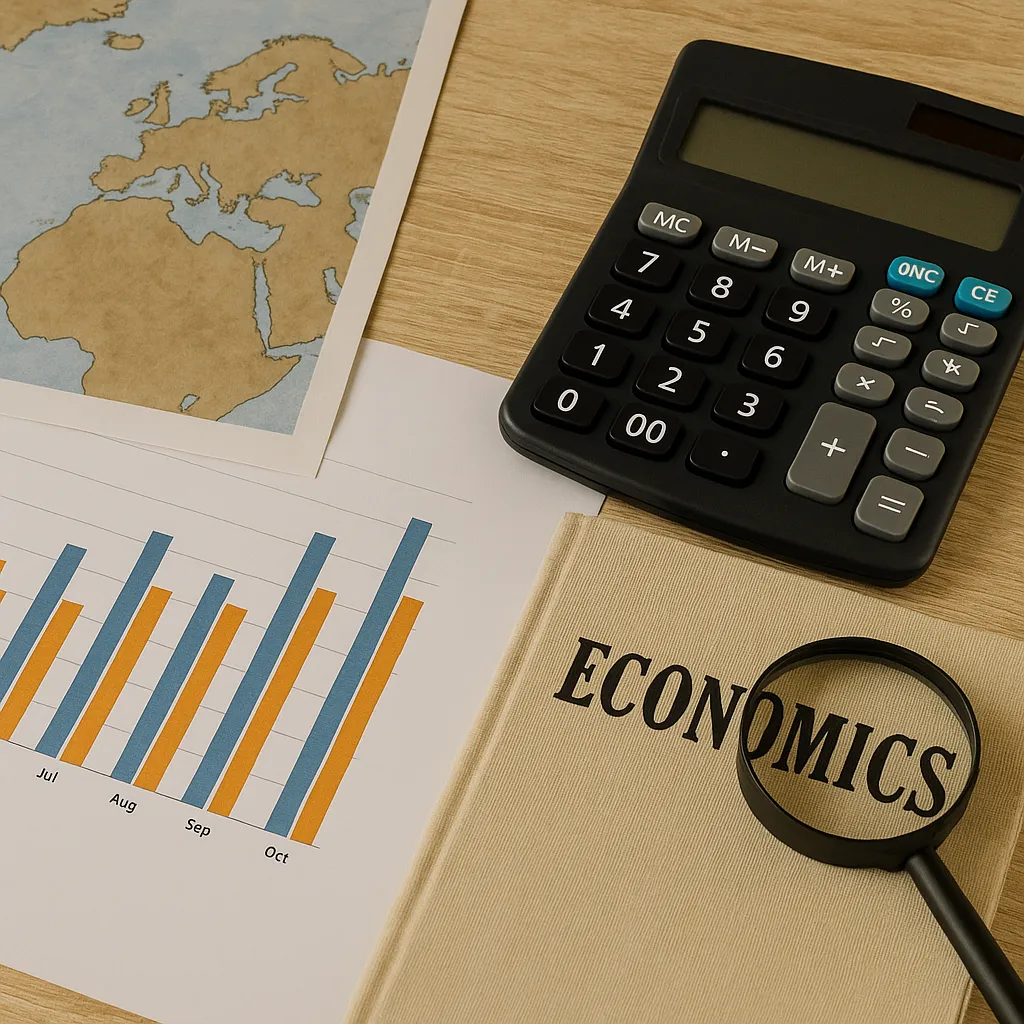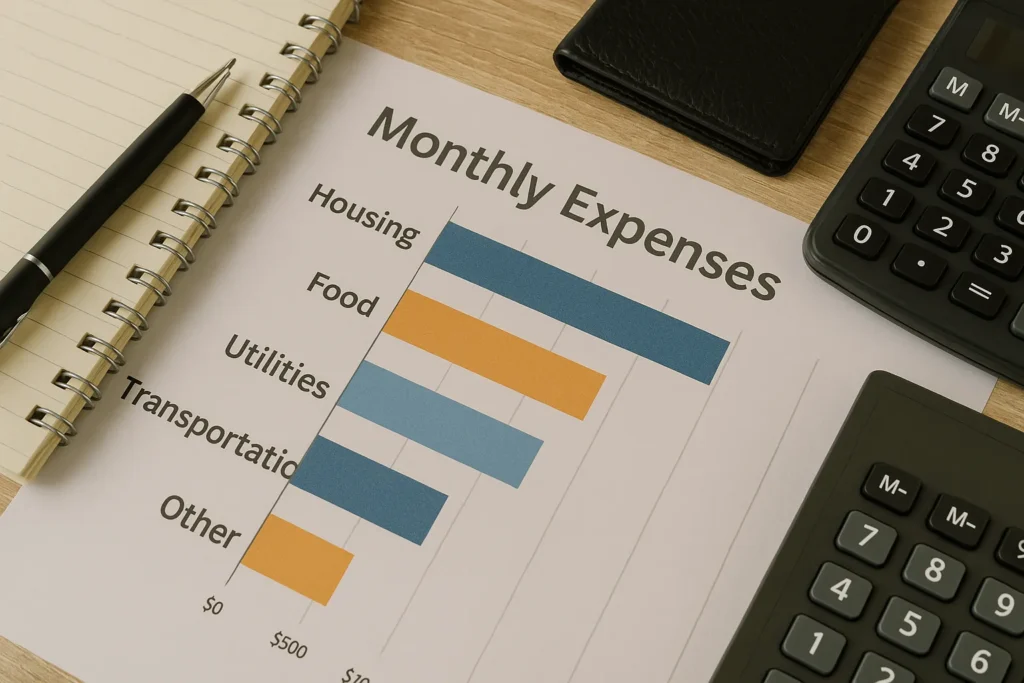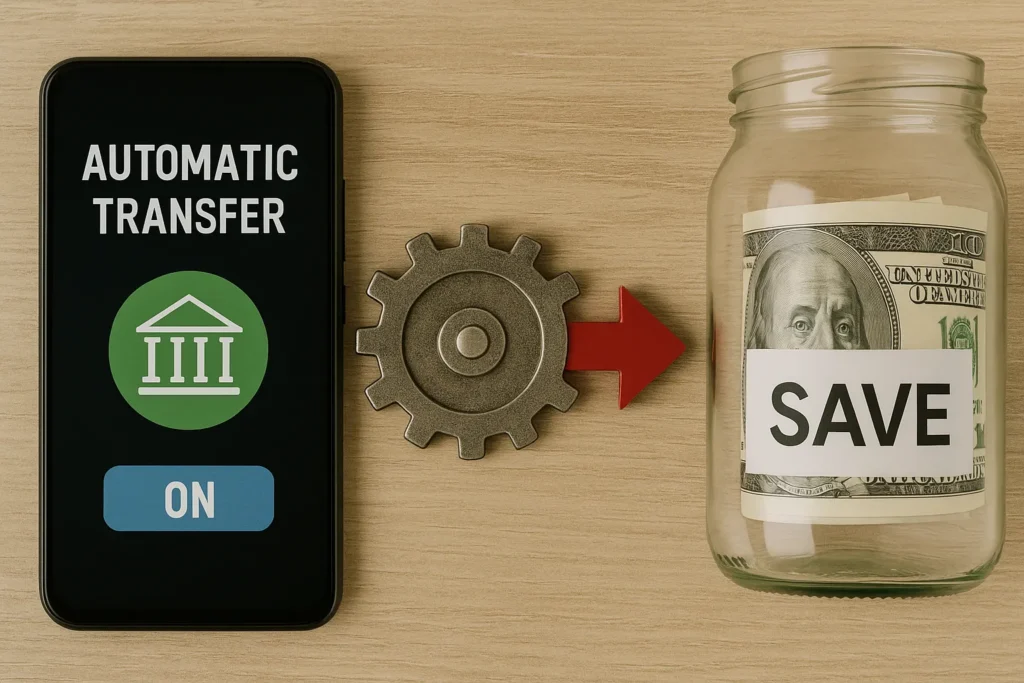Ever feel like you’re walking a financial tightrope, one unexpected expense away from a tumble? You’re not alone. Building an emergency fund is like building a safety net, and knowing how much you need is the first step. That’s where an emergency fund calculator comes in handy.
This article will guide you through understanding, calculating, and building your own financial safety net using an emergency fund calculator. We’ll explore why it’s crucial, how to use the tool effectively, and tips for boosting your savings. Let’s get started!
Why You Absolutely Need an Emergency Fund
Life throws curveballs. A sudden job loss, a medical emergency, or an unexpected car repair can derail even the most carefully planned budget.
An emergency fund acts as a buffer, preventing you from racking up debt or dipping into long-term investments when these unexpected events occur.
Peace of Mind is Priceless
Beyond the financial security, an emergency fund provides peace of mind. Knowing you have a financial cushion can reduce stress and anxiety about the unknown.
It allows you to make decisions based on what’s best for you, rather than being forced into choices by financial desperation.
Avoiding Debt and Protecting Investments
Without an emergency fund, you might be tempted to use credit cards or take out loans to cover unexpected expenses. This can lead to a cycle of debt that’s hard to break.
Dipping into investments can also have long-term consequences, especially if you’re forced to sell when the market is down. An emergency fund protects your investments and prevents unnecessary debt.
Understanding the Basics of an Emergency Fund Calculator

An emergency fund calculator is a tool designed to help you estimate how much money you should save in your emergency fund.
It takes into account your monthly expenses, income, and other financial factors to provide a personalized recommendation.
How Does an Emergency Fund Calculator Work?
Most calculators ask for information about your monthly expenses, such as rent/mortgage, utilities, groceries, transportation, and debt payments.
They may also ask about your income, job security, and any dependents you have. Based on this information, the calculator will suggest a target amount for your emergency fund.
Key Inputs for Accurate Results
To get the most accurate results from an emergency fund calculator, it’s essential to provide accurate and up-to-date information.
Be realistic about your expenses and income. Don’t underestimate your spending or overestimate your income.
Different Types of Emergency Fund Calculators
There are many different types of emergency fund calculators available online. Some are simple and only require basic information, while others are more complex and take into account a wider range of factors.
Choose a calculator that suits your needs and provides the level of detail you’re looking for. Some are free, while others are part of paid financial planning tools.
Step-by-Step Guide to Using an Emergency Fund Calculator
Ready to put an emergency fund calculator to work for you? Here’s a step-by-step guide to help you get started.
Step 1: Gather Your Financial Information
Before you start using the calculator, gather all the necessary financial information. This includes your monthly expenses, income, debt payments, and any other relevant financial details.
Having this information readily available will make the process faster and more accurate.
Step 2: Choose a Reputable Calculator
Search online for a reputable emergency fund calculator. Look for calculators from trusted financial institutions or websites.
Read reviews and compare different calculators to find one that meets your needs.
Step 3: Input Your Data Carefully
Carefully input your financial information into the calculator. Double-check your entries to ensure accuracy.
Pay close attention to the instructions and make sure you understand what each field is asking for.
Step 4: Analyze the Results
Once you’ve entered all the necessary information, the calculator will provide an estimated target amount for your emergency fund.
Analyze the results and consider whether the suggested amount seems reasonable based on your individual circumstances.
Step 5: Adjust as Needed
You may need to adjust the results based on your specific situation. For example, if you have a high-risk job or significant debt, you may want to aim for a larger emergency fund.
Conversely, if you have a very stable job and minimal debt, you may be able to get away with a smaller fund.
Factors That Influence Your Emergency Fund Size
Several factors can influence the ideal size of your emergency fund. Understanding these factors will help you determine the right amount for your situation.
Job Security and Industry Stability
If you work in a volatile industry or have a job with uncertain security, you’ll likely need a larger emergency fund.
Consider the likelihood of layoffs or industry downturns when determining your target amount.
Monthly Expenses and Lifestyle

Your monthly expenses play a significant role in determining the size of your emergency fund. The higher your expenses, the larger your fund will need to be.
Consider your lifestyle and spending habits when calculating your expenses.
Debt Obligations and Financial Commitments
If you have significant debt obligations, such as student loans or credit card debt, you’ll need a larger emergency fund to cover those payments in case of an emergency.
Factor in all your financial commitments when determining your target amount.
Dependents and Family Responsibilities
If you have dependents or other family responsibilities, you’ll need a larger emergency fund to provide for their needs in case of an emergency.
Consider the costs of childcare, education, and other family-related expenses.
Health and Insurance Coverage
Your health and insurance coverage can also influence the size of your emergency fund. If you have high deductibles or limited coverage, you’ll need a larger fund to cover potential medical expenses.
Consider the costs of healthcare and insurance when determining your target amount.
How Much Should You Really Save? The Rule of Thumb
While an emergency fund calculator provides a personalized estimate, a common rule of thumb is to save 3-6 months’ worth of living expenses.
This means having enough money to cover your essential expenses for 3-6 months if you were to lose your job or face a major financial emergency.
The 3-Month Rule: A Minimum Safety Net
A 3-month emergency fund is a good starting point for most people. It provides a basic safety net to cover unexpected expenses and short-term financial setbacks.
This is suitable for individuals with stable jobs and relatively low expenses.
The 6-Month Rule: Enhanced Security
A 6-month emergency fund offers greater financial security and peace of mind. It provides a more substantial buffer to cover longer periods of unemployment or more significant financial emergencies.
This is ideal for individuals with less stable jobs, higher expenses, or significant debt obligations.
When to Aim for More Than 6 Months
In some cases, you may want to aim for more than 6 months’ worth of expenses in your emergency fund.
This may be necessary if you have a high-risk job, significant debt, or other unique financial circumstances. Consider your individual situation and adjust your target amount accordingly.
Where to Keep Your Emergency Fund
Choosing the right place to store your emergency fund is crucial. You want it to be easily accessible, safe, and liquid.
High-Yield Savings Accounts: The Ideal Choice
High-yield savings accounts are a popular choice for emergency funds. They offer a higher interest rate than traditional savings accounts, allowing your money to grow while remaining easily accessible.
Look for accounts with no monthly fees and FDIC insurance.
Money Market Accounts: Another Solid Option
Money market accounts are similar to high-yield savings accounts but may offer slightly higher interest rates. They also tend to have higher minimum balance requirements.
Consider a money market account if you have a larger emergency fund and want to earn a bit more interest.
Certificates of Deposit (CDs): Not Recommended
Certificates of Deposit (CDs) are not ideal for emergency funds because they lock up your money for a specific period. If you need to access your funds early, you may face penalties.
CDs are better suited for long-term savings goals.
Avoiding Risky Investments
It’s essential to avoid investing your emergency fund in risky assets like stocks or bonds. The goal is to keep your money safe and accessible, not to generate high returns.
Stick to low-risk, liquid options like high-yield savings accounts and money market accounts.
Tips for Building Your Emergency Fund Faster
Building an emergency fund can seem daunting, but it’s achievable with a strategic approach. Here are some tips to help you reach your savings goals faster.
Automate Your Savings

Set up automatic transfers from your checking account to your savings account each month. This makes saving effortless and ensures you’re consistently contributing to your emergency fund.
Treat it like a bill payment to yourself.
Cut Unnecessary Expenses
Identify areas where you can cut back on spending. This could include reducing your entertainment budget, eating out less often, or canceling subscriptions you don’t use.
Put the money you save towards your emergency fund.
Increase Your Income
Look for ways to increase your income, such as taking on a side hustle, freelancing, or asking for a raise at work.
Even a small increase in income can make a big difference in your savings progress.
Use Windfalls Wisely
When you receive a windfall, such as a tax refund or bonus, resist the urge to splurge. Instead, deposit the money directly into your emergency fund.
This can significantly boost your savings and help you reach your goal faster.
Track Your Progress and Stay Motivated
Keep track of your savings progress and celebrate milestones along the way. This will help you stay motivated and focused on your goal.
Visualizing your progress can be a powerful tool.
Maintaining and Replenishing Your Emergency Fund
Building an emergency fund is just the first step. It’s also important to maintain and replenish it as needed.
Review Your Expenses Regularly
Review your monthly expenses regularly to ensure your emergency fund is still adequate. If your expenses increase, you may need to increase your savings goal.
Life changes can impact your expenses, so stay vigilant.
Replenish After Use
If you have to use your emergency fund, make it a priority to replenish it as soon as possible. Adjust your budget and savings plan to get back on track.
Treat it like rebuilding a safety net after it’s been used.
Adjust for Life Changes
As your life changes, your emergency fund needs may also change. Consider adjusting your savings goal to reflect significant life events like marriage, having children, or buying a home.
Adaptability is key to long-term financial security.
Regularly Reassess Your Needs
Periodically reassess your emergency fund needs and make adjustments as necessary. This will ensure your fund remains adequate to cover unexpected expenses and provide financial security.
Proactive management is essential for maintaining a healthy emergency fund.
Common Mistakes to Avoid When Building an Emergency Fund
Building an emergency fund requires discipline and careful planning. Here are some common mistakes to avoid.
Underestimating Your Expenses
One of the biggest mistakes is underestimating your monthly expenses. Be realistic about your spending habits and include all essential expenses in your calculations.
Accurate budgeting is crucial for setting a realistic savings goal.
Delaying the Start
Putting off building an emergency fund is another common mistake. The sooner you start, the better prepared you’ll be for unexpected expenses.
Don’t wait until a crisis hits to start saving.
Using It for Non-Emergencies
Using your emergency fund for non-emergencies can quickly deplete your savings and leave you vulnerable to financial setbacks. Reserve your fund for true emergencies only.
Discipline is key to maintaining a healthy emergency fund.
Neglecting to Replenish
Failing to replenish your emergency fund after using it is another common mistake. Make it a priority to rebuild your savings as soon as possible.
Replenishing your fund should be a top financial priority.
Investing It in Risky Assets
Investing your emergency fund in risky assets can jeopardize your savings. Stick to low-risk, liquid options like high-yield savings accounts and money market accounts.
Preservation of capital is the primary goal of an emergency fund.
Conclusion
Building an emergency fund is one of the most important steps you can take to secure your financial future. Using an emergency fund calculator is a great way to determine how much you need to save, and following the tips outlined in this article will help you reach your savings goals faster.
Remember, an emergency fund provides not only financial security but also peace of mind, allowing you to navigate life’s unexpected challenges with confidence. What are your experiences with building an emergency fund? Share your tips and challenges in the comments below!